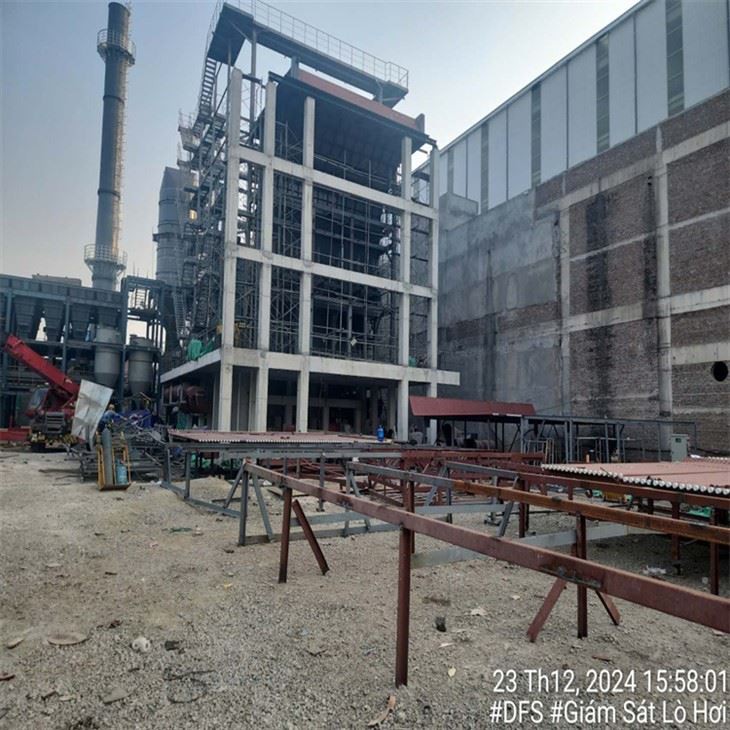"WTE Equipment" usually refers to "Waste-to-Energy (WTE) Equipment", that is, waste-to-energy equipment. The main purpose of these devices and technologies is to convert garbage or other waste into a usable form of energy, usually electricity or heat.
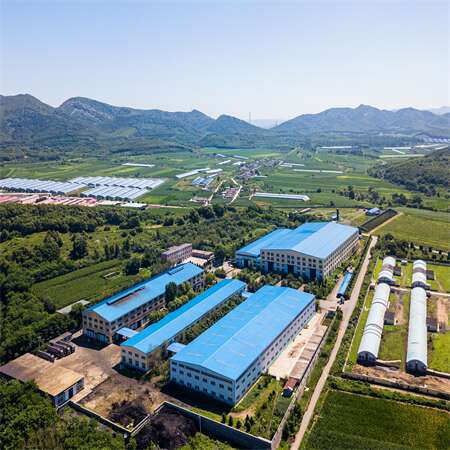
why choose Us ?
Tenor Low Carbon New Energy Technology Co., Ltd. developed a small waste incineration systems with the research team at Dalian University of Technology. WTE incineration systems include a hopper and feeding machine as well as stoker, step grates, ash hoppers, slag removal systems, transport aircraft, combustion chambers, and slag hoppers.
1. Incinerators are devices that generate heat by burning trash at high temperatures and using it for electricity or heating. Incinerators equipped with modern exhaust gas treatment systems reduce the harmful emissions from incinerators.
2. Gasification Units. Under low oxygen conditions, the waste can be converted to combustible gases (syngas) that are then used as fuel or electricity.
3. Biomass boiler: Burn organic wastes (such as wood, agricultural wastes etc.). As fuel, you can burn the waste in a steam boiler and then drive an electric turbine.
4. Biogas digesters (whose main component is methane): These are used to break down organic waste in anaerobic environments to create biogas.
5. The waste can be converted into fuels using pyrolysis units. These are devices that heat the waste and break it into oil, gasses and solid residues.
6. Waste Heat Recovery Systems (WHRS): Heat energy from WTE can be recovered and used to heat or drive turbines for electricity generation.
7. Emission Control Technology: This includes equipment for desulfurization and denitrification, as well as dust extraction, which are used to reduce the pollutants generated by WTE.
8. Waste Pretreatment Equipment is used to crush, classify, and dry waste. Waste to make sure that it is appropriate for energy recovery.
9. The equipment used to handle the residual ash after burning, including steps like solidification, stabilization, or landfilling.
Products Description
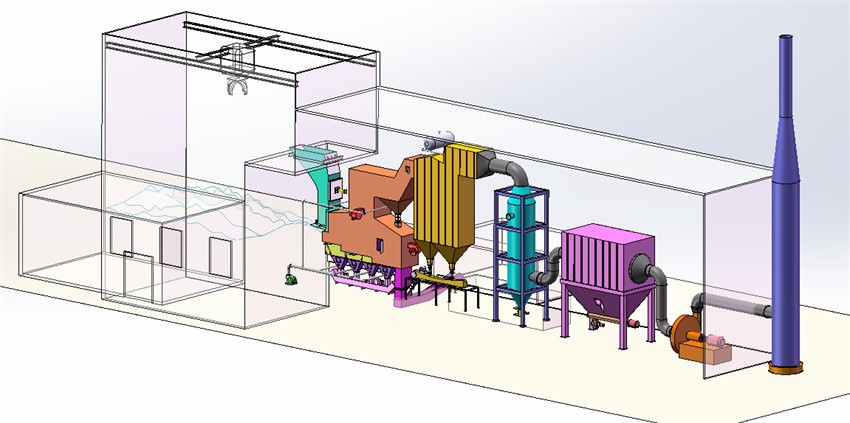
The construction and development of municipal solid waste incineration plants are of great significance to deal with urban waste disposal problems. They can not only effectively reduce the amount of garbage, but also reuse resources through power generation and other methods, and also help improve the ecological environment quality of the city. However, the construction and operation of waste incineration plants also need to take into account environmental standards to ensure the harmlessness of emissions, and take corresponding measures to reduce possible air pollution.
Products Parameters

Main equipment
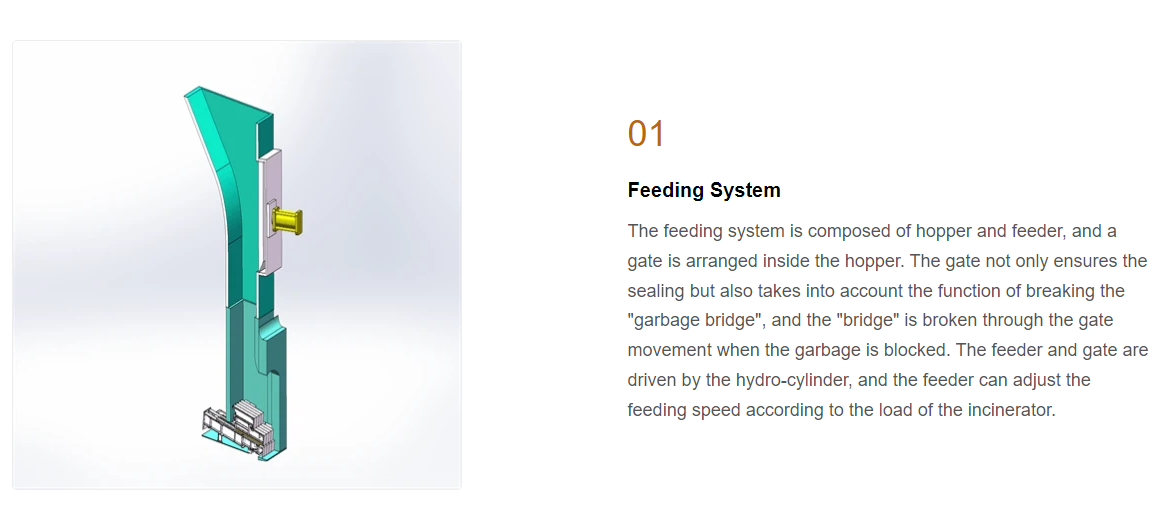
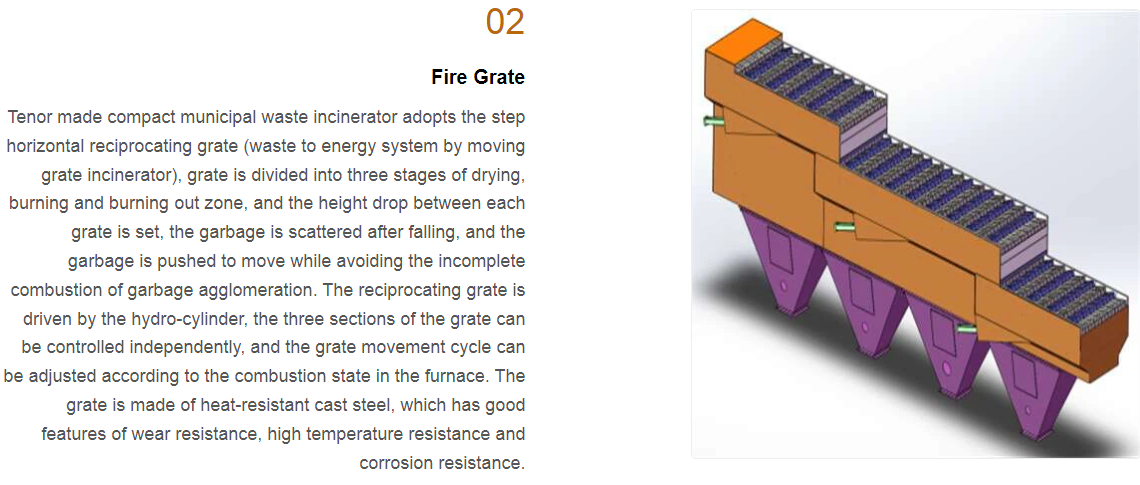
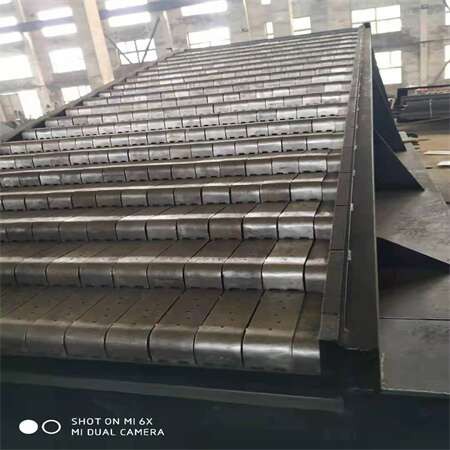
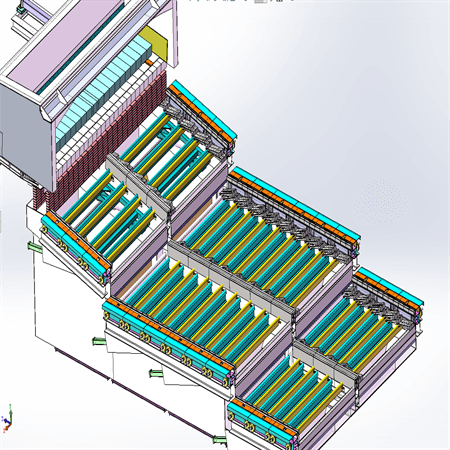
Grate advantages:
High efficiency stable combustion:
The garbage is fully burned, the thermal ignition reduction rate is low,Equipment performance: The grate has good wear resistance, high temperature resistance and corrosion resistance, low damage rate, low replacement frequency and low maintenance cost.The pores and gaps are matched with air inlet, and the overall air inlet effect is more uniform, which is conducive to uniform combustion and stable combustion.
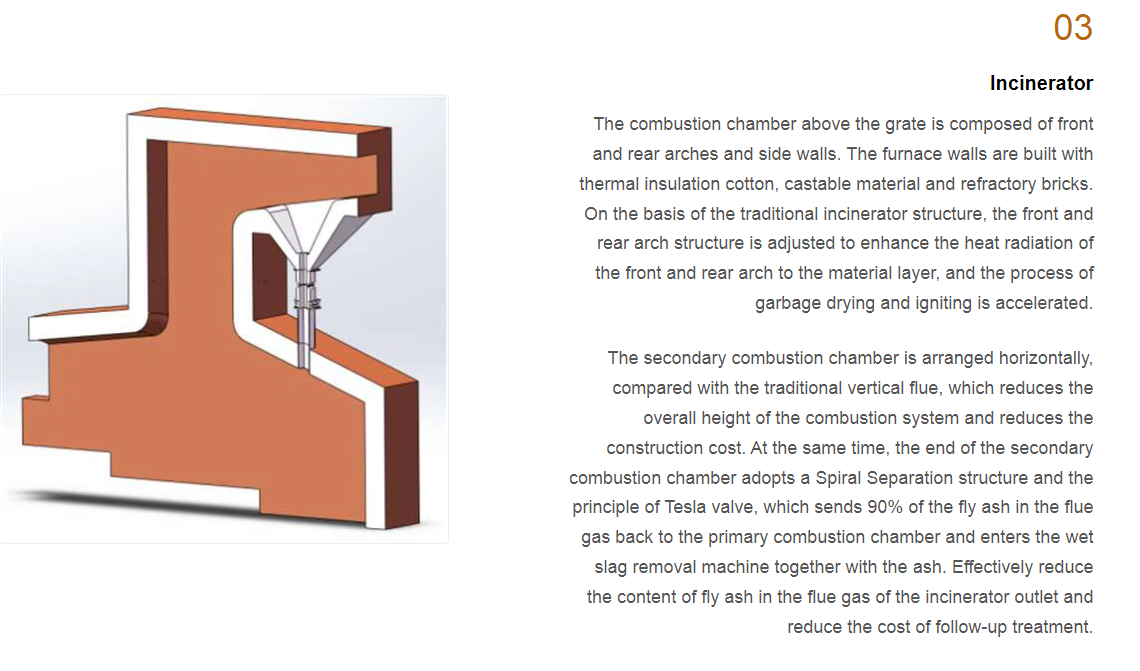
Solid waste incinerator process flow
Following the garbage in the furnace, the three sections: burning, drying and burning out are carried out with certain temperature and pressure. Following the trash into the furnace, the three sections are: burning, drying and burning off, under a pressure and temperature.
The ash from the combustion of garbage is pumped into the wet-slagging machine via the slagging bucket, and the remainder goes to the slag pit. The horizontal conveyor for ash leakage is attached under the air-chamber, and small amounts of slag and ash under the grates are then sent to the machine that removes wet slag.
The combustion flue gas enters through the throat into the second combustion chamber. Secondary air is then added in the throat for the purpose of adjusting the furnace's temperature, ensuring complete combustion, and controlling the production of nitrogen dioxides.
It is possible to choose between hot water, steam, or electricity production according to project size and cost benefits. Deacidification of the flue gas is done after it has been cooled by heat transfer.
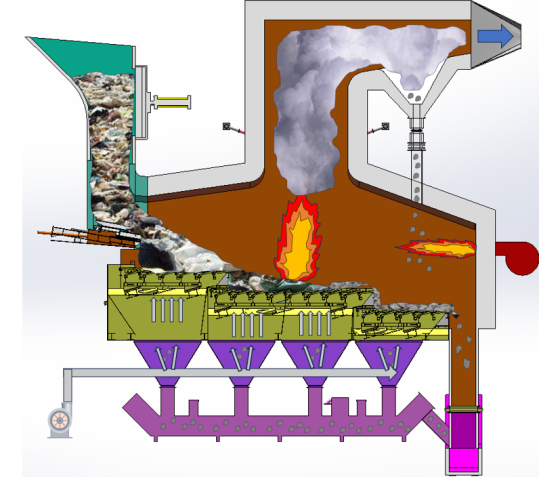
Process charateristics
- Easy installation, simple structure;
- Automate all equipment; reduce the workload of furnace personnel
- Construction costs are low and the total height of buildings is small.
- Secondary combustion chambers adopt a spiral dust-removal structure with a Tesla valve in order to reduce fly ash contents, lower the cost of dust removal, and increase the life expectancy.
- Heat burn is reduced by less than 5 %.
- Emissions of pollutants meet standard.
- Turn-key turnkey WTE and customized complete proposals.
Waste to energy project display
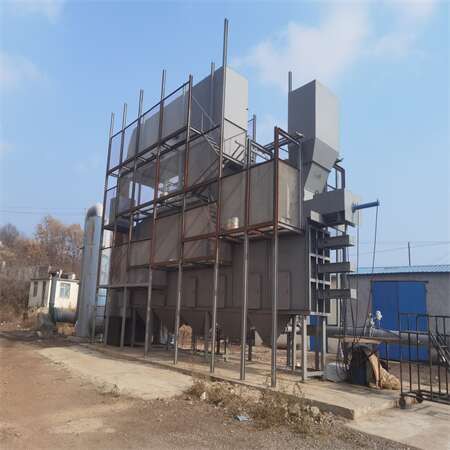
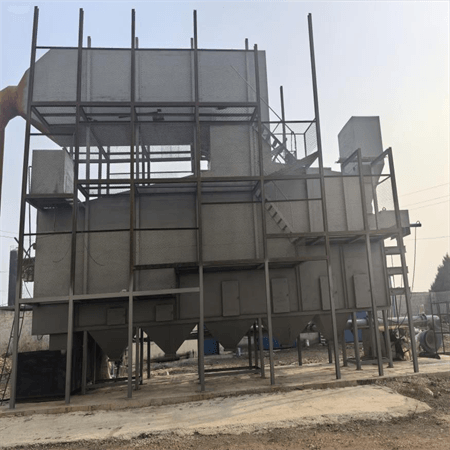
garbage incinerator 50 tons/d
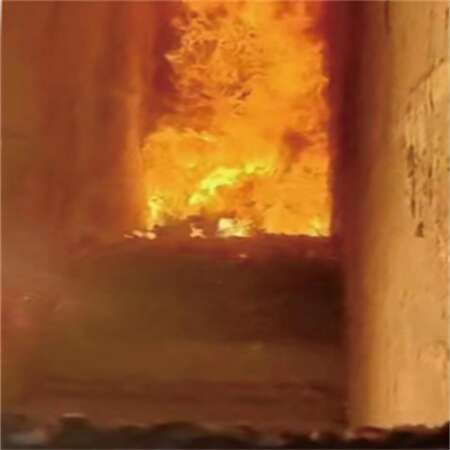
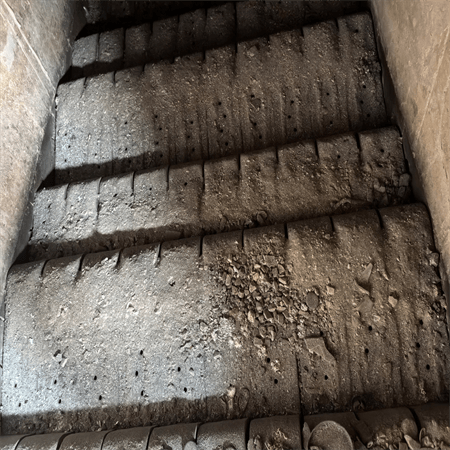
Benefite of Waste Management
MSW incinerator can produce steam, hot water and electricity generation, sustainable Power from Small-Scale Waste Incineration.
Application:Township, cities and towns, government, power plant.





